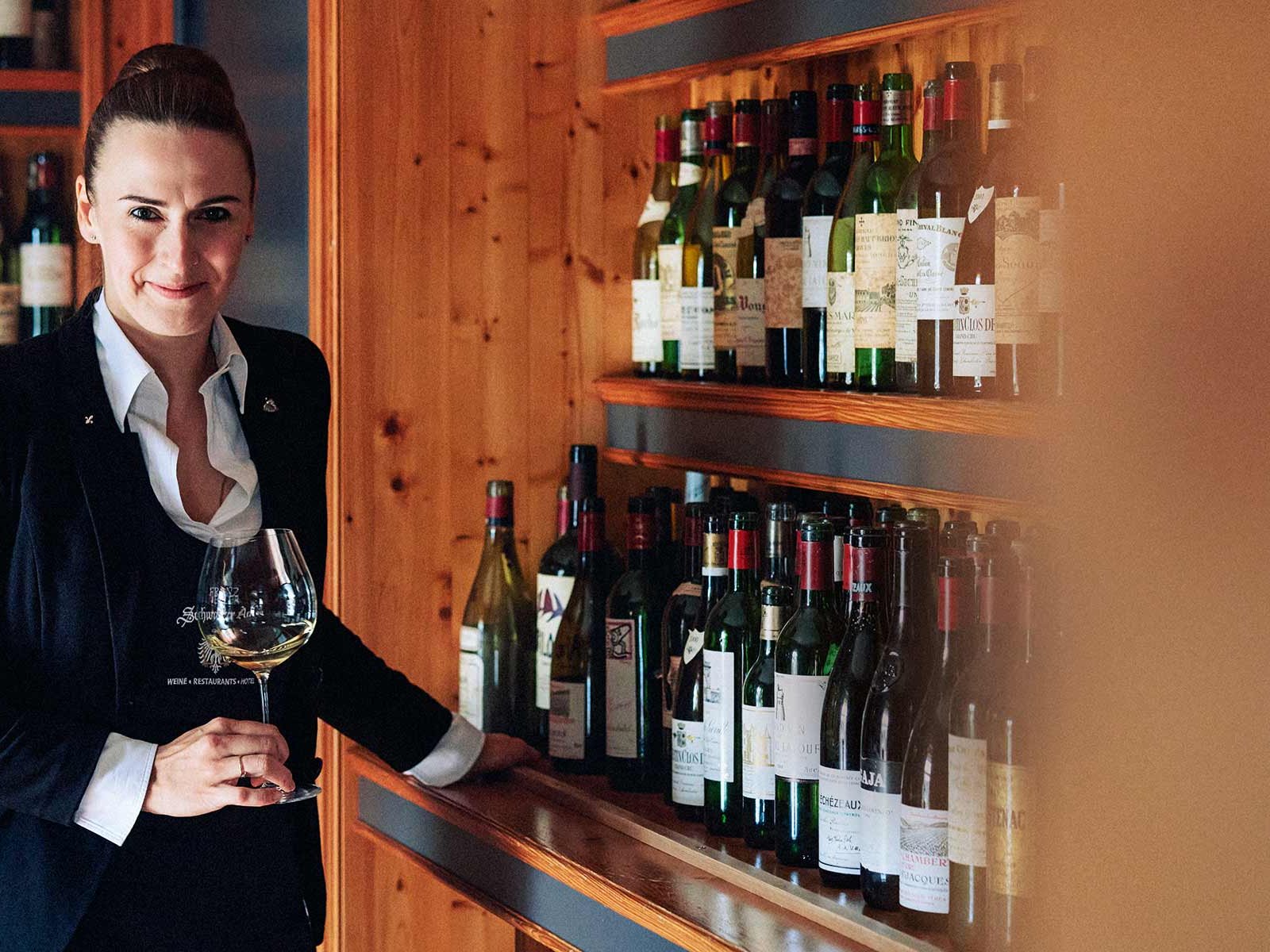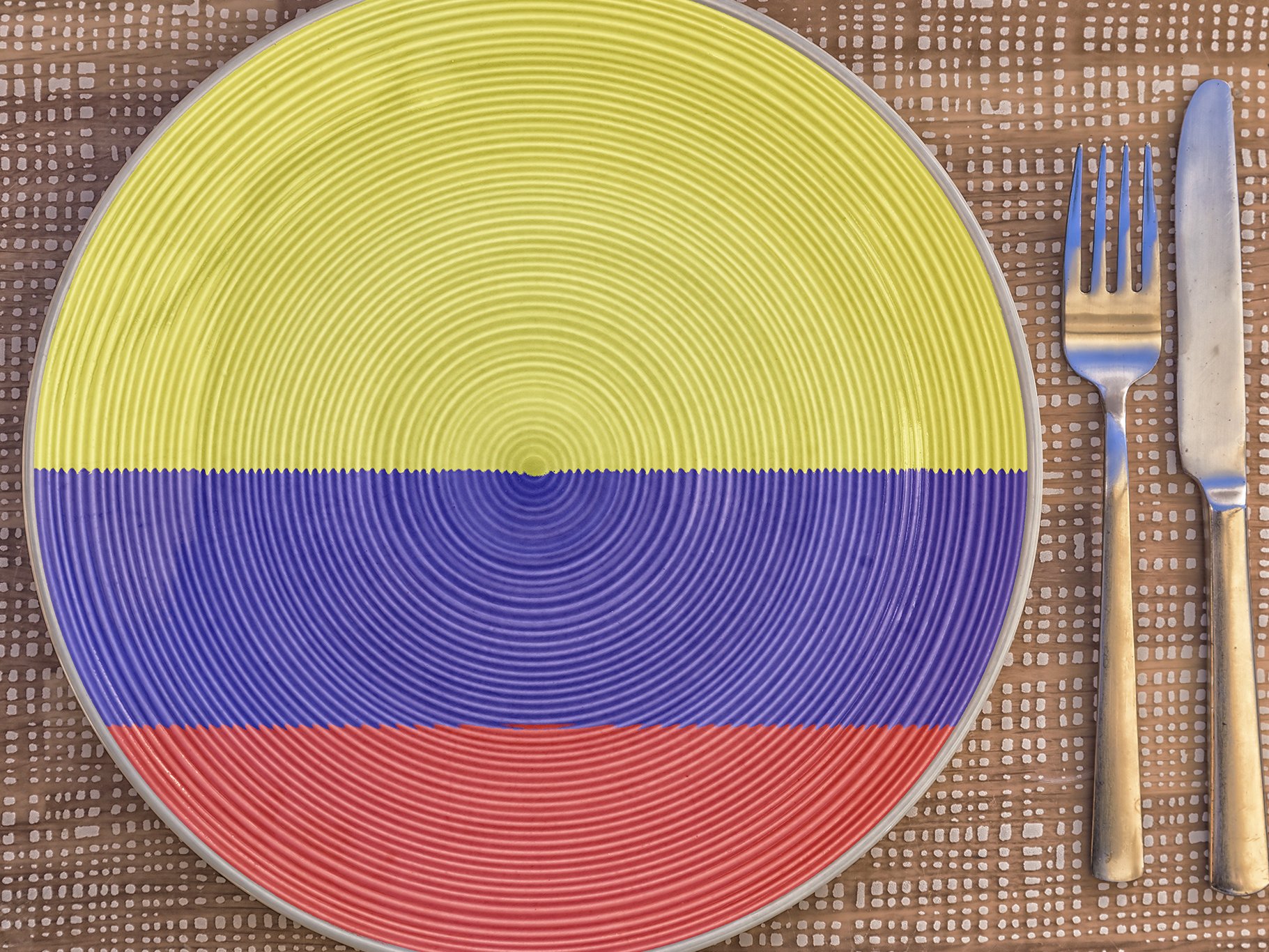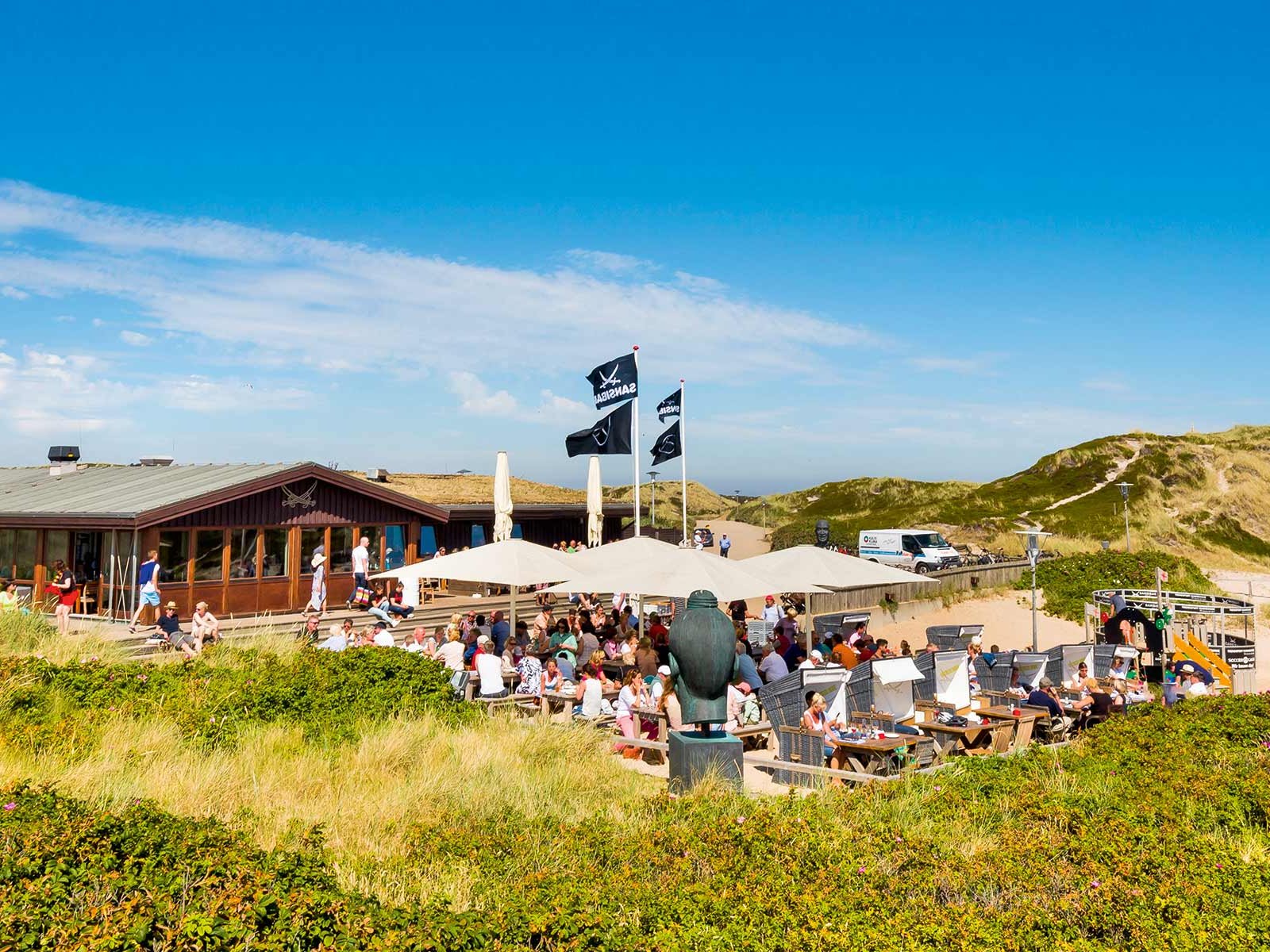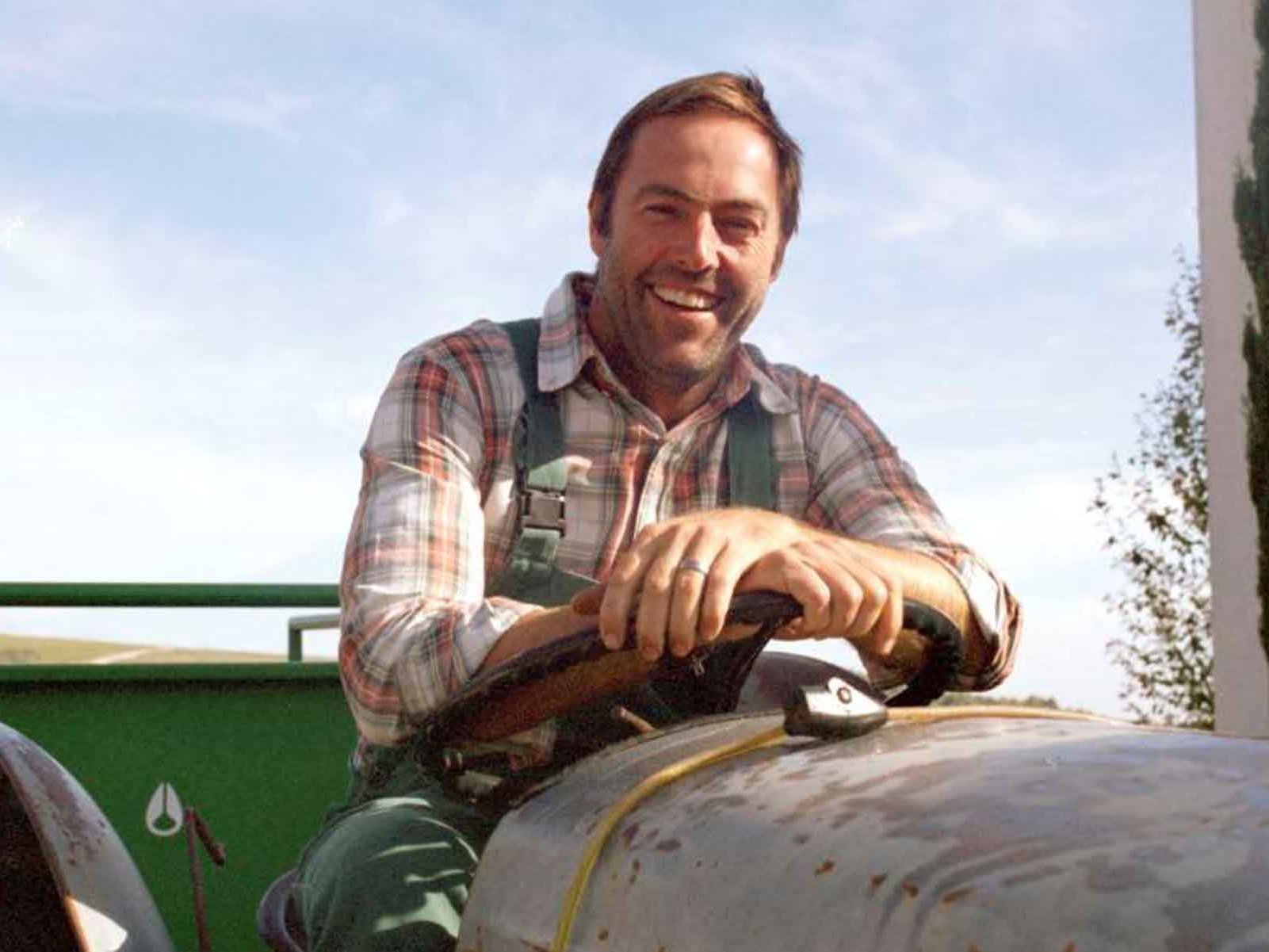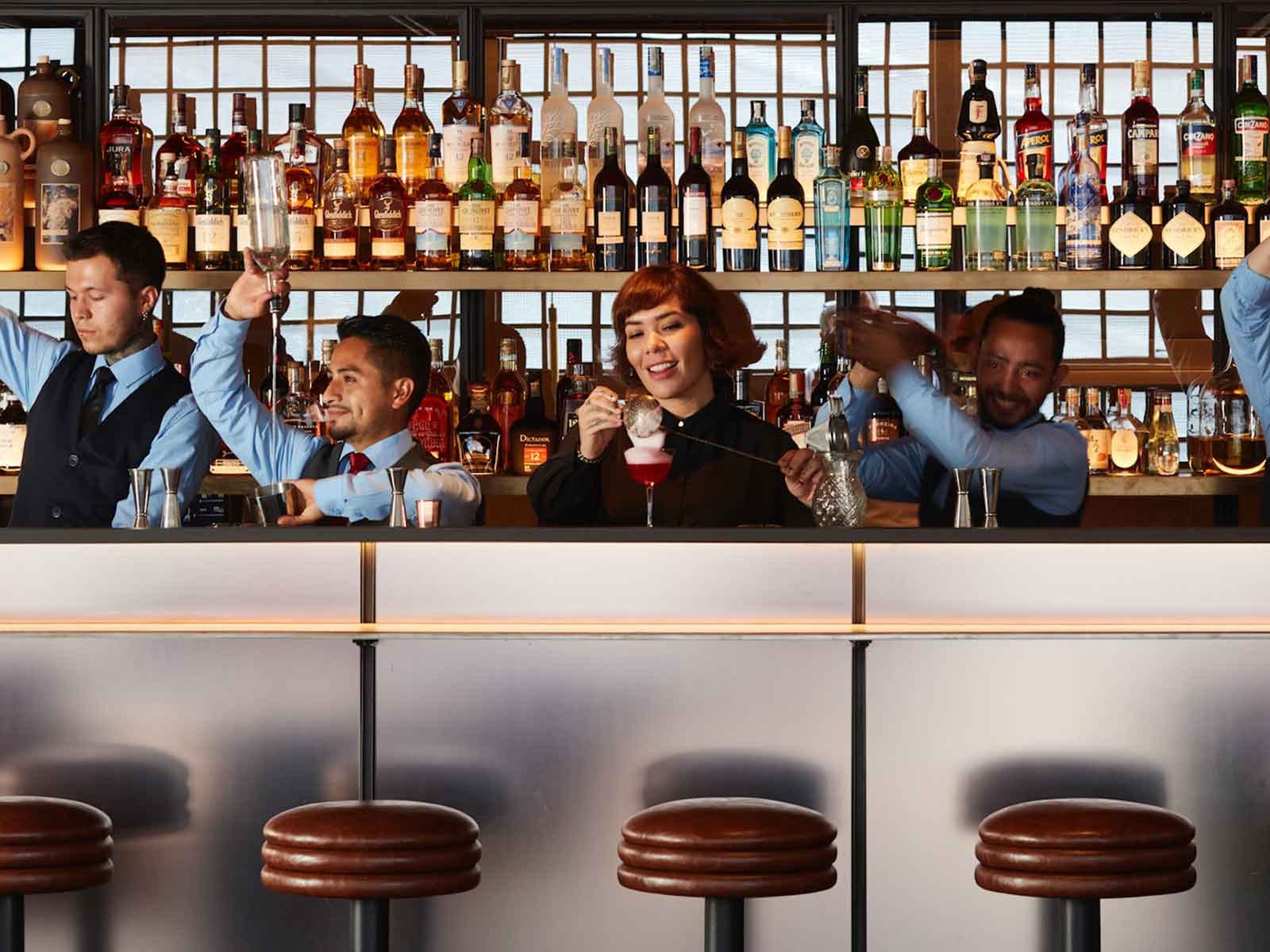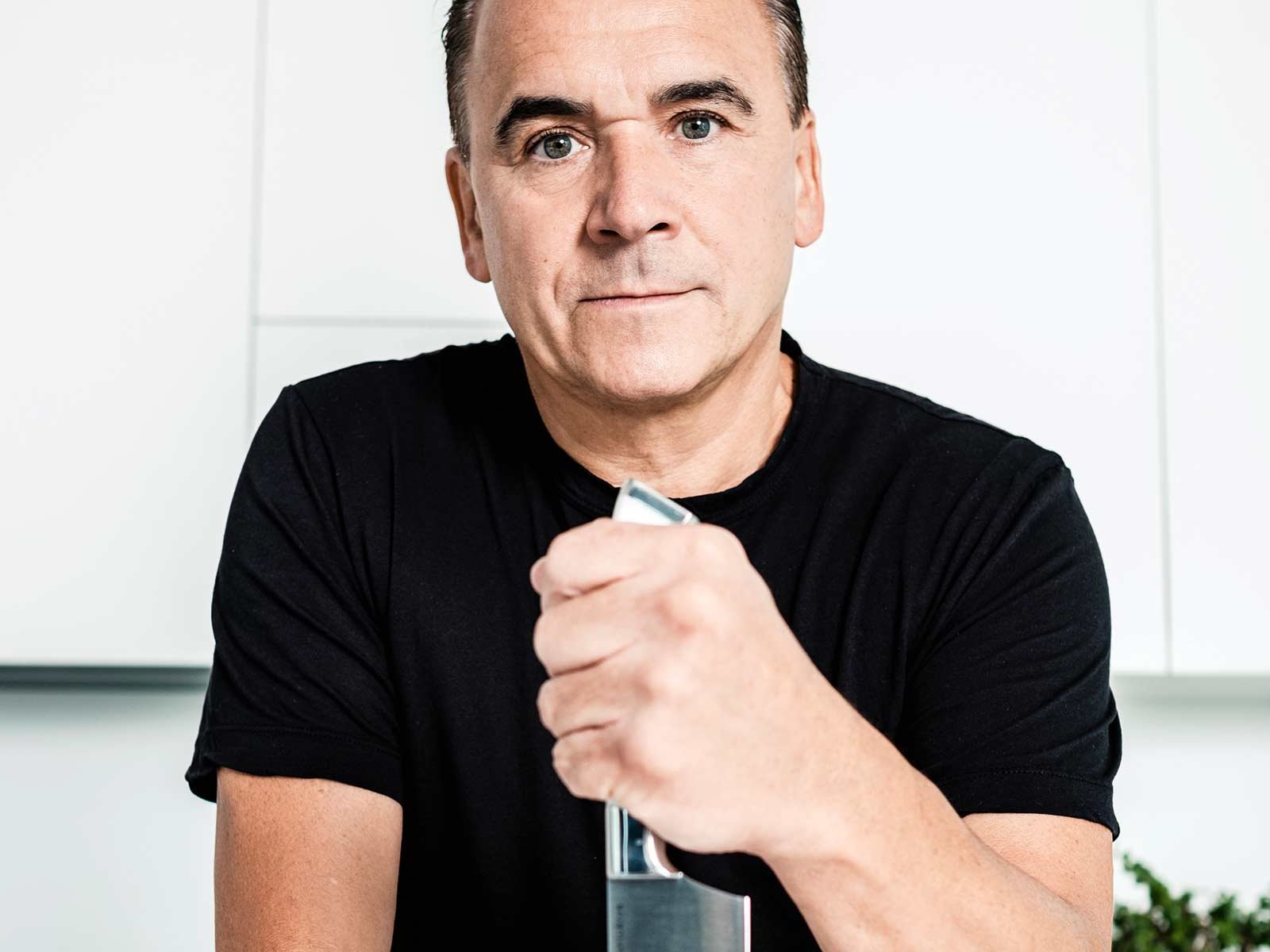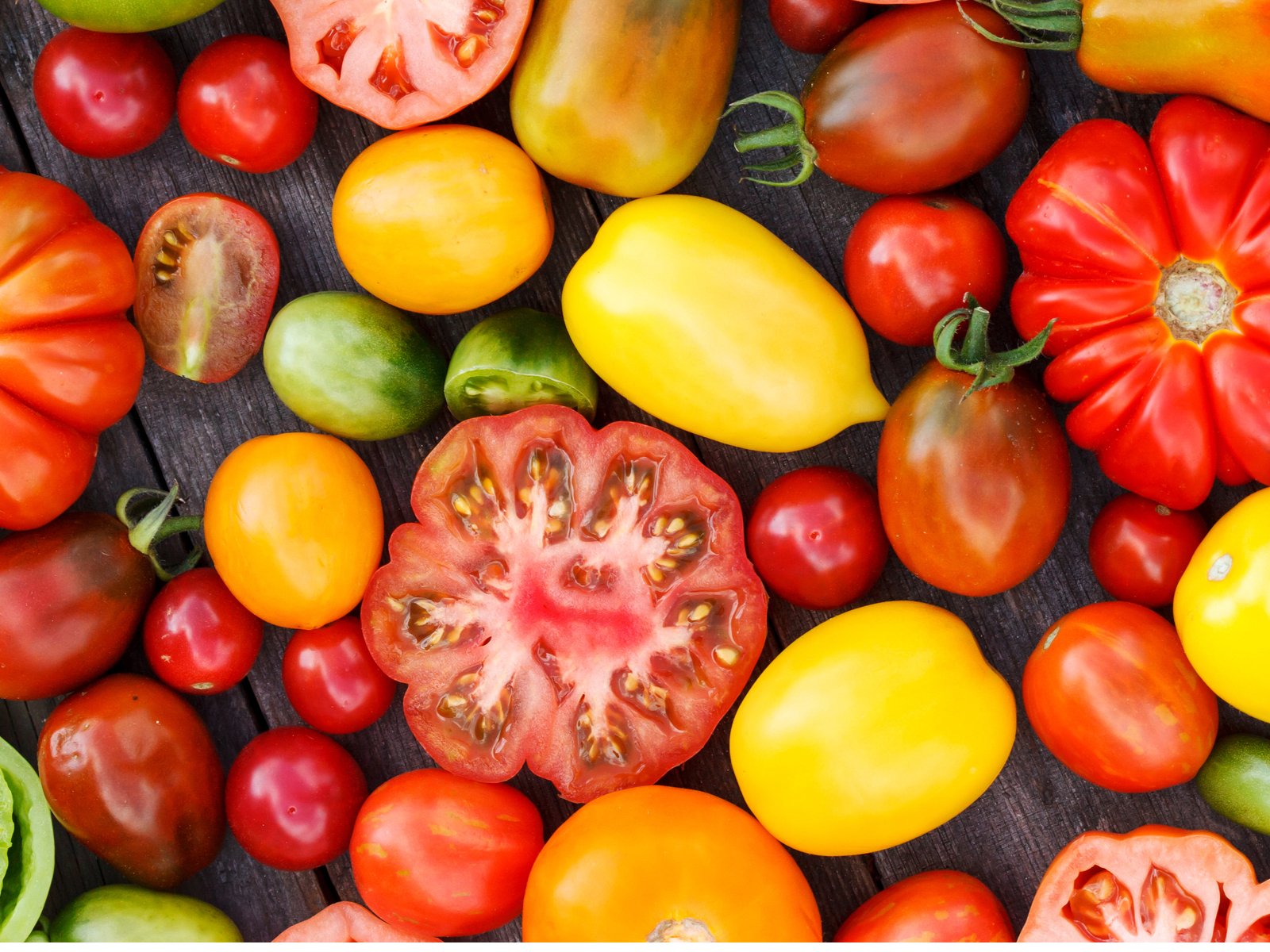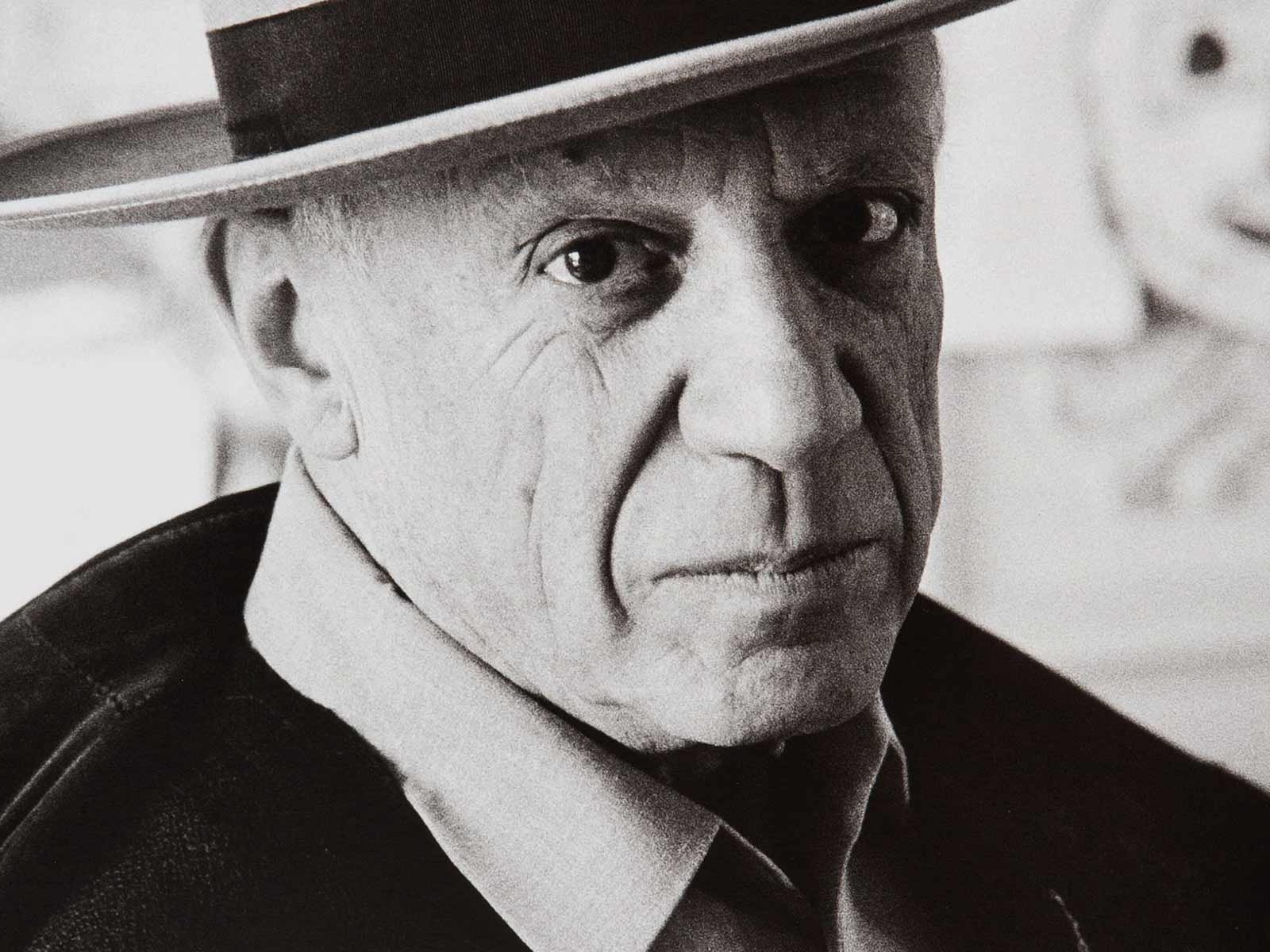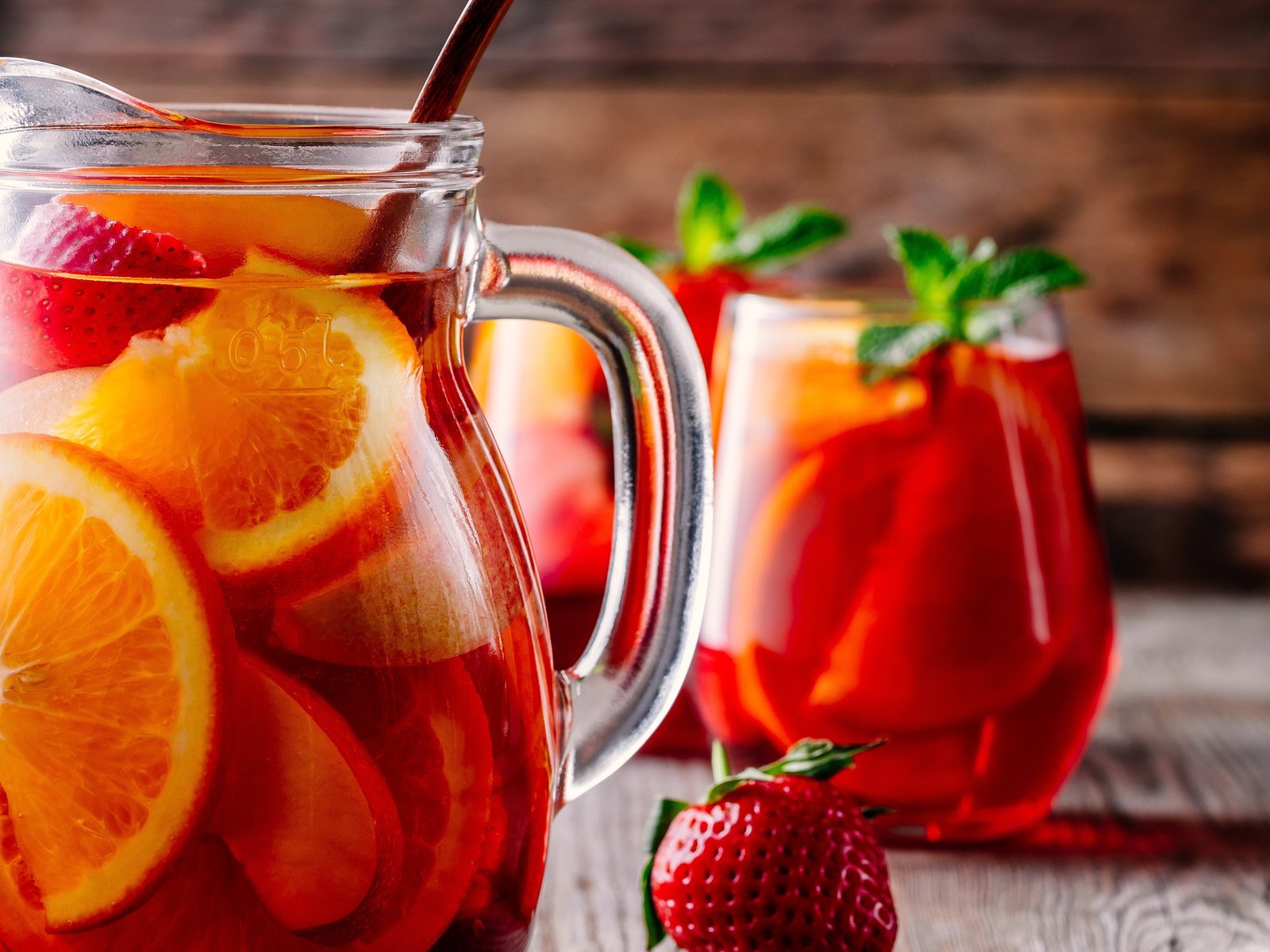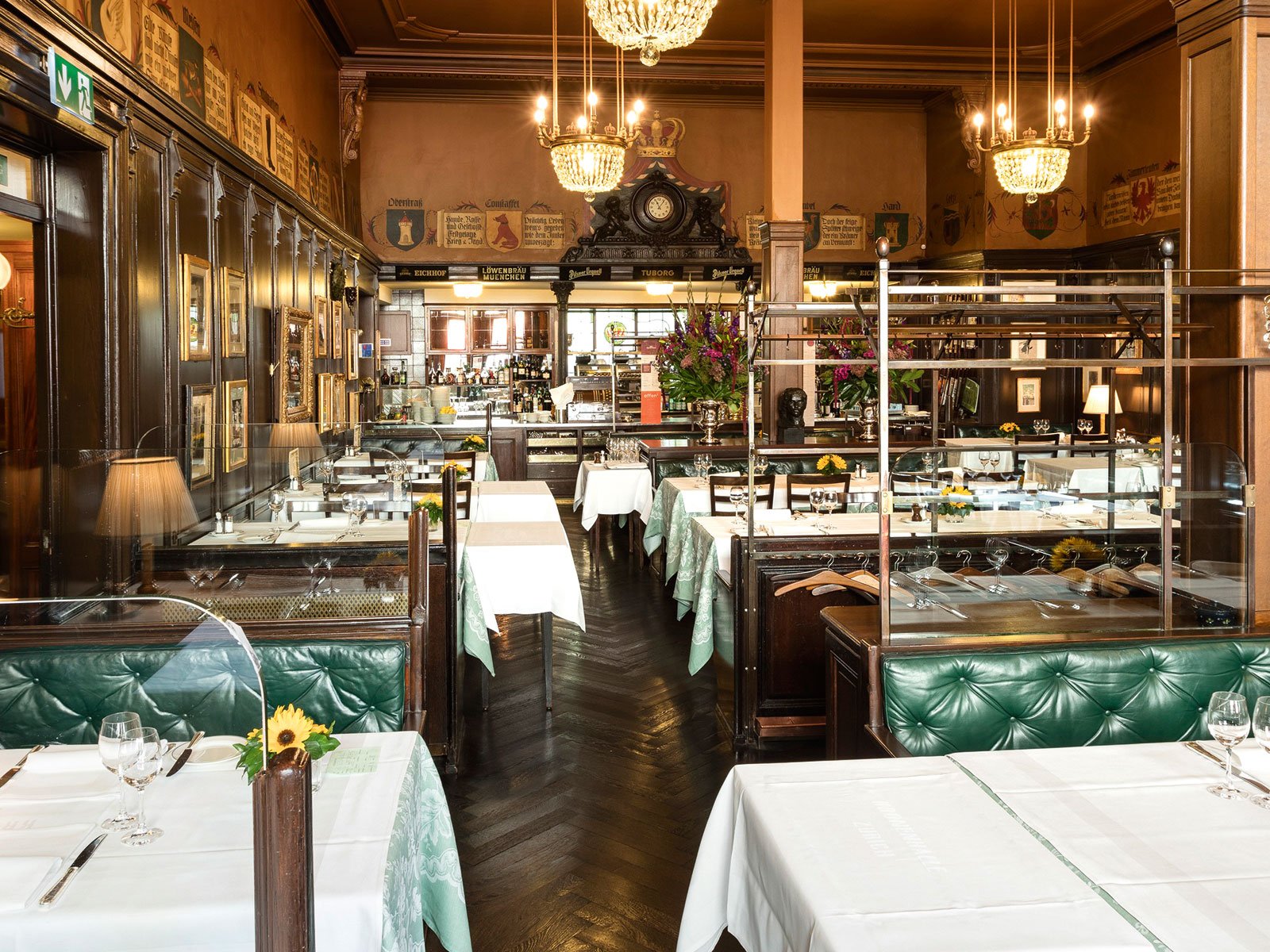World Champions: Sacha Lichine, Provence, France
Sacha Lichine rarely has leisure to sip a glass of rosé in the park of Château d'Esclans - he usually is on the road, representing his wines.
The story of Alexis Lichine, father of Sacha Lichine, is one of those stories that the 20th century often wrote: when the October Revolution broke out, Sacha Lichine's grandfather thought it best to leave St. Petersburg. The wealthy banker travels with his wife and four-year-old son Alexis via Siberia to Tokyo, from there to San Francisco and finally to New York. The family stays there for a few years before moving on to Paris. This dichotomy of refuge in the USA and France was to shape Alexis Lichine's life and later that of his son Sacha.
A Bridge from France to the USA
Bordeaux lovers know the name Lichine primarily as the component of a 4ème Cru Classé from Margaux: Prieuré-Lichine. It was in 1951 that Alexis Lichine bought the run-down Château Prieuré-Cantenac - allegedly for 11,000 pounds sterling, an amount far removed from today's usual sums. He then slowly rebuilt the estate, which had only four hectares of vines when he bought it, and renamed it with the blessing of the authorities.
The Prieuré-Lichine chapter, however, is neither Lichine's only nor his most significant achievement. For he, who was highly respected in Bordeaux, saw himself above all as an author and communicator. He wrote a comprehensive compendium on French wines (also published in 1951) and twice - in 1962 and 1978 - tried to reform the Bordeaux classification. But above all, Alexis Lichine opened the way for French wine to the USA.
Already when Prohibition ended in the USA in 1933, the just 20-year-old had sold advertisements for the "New York Herald Tribune" in France - mainly to cognac and champagne brands. When Lichine founded "Alexis Lichine Negociants" based in New York in 1955, he rose to become the most important importer of fine and rare wines from France in the USA.
After Alexis Lichine's death in 1989, however, his son Sacha had to realise that the capital cover in his father's companies was thinner than desired. In 1999, he was forced to sell the family vineyard in Margaux. Time for a cut. And a new beginning.
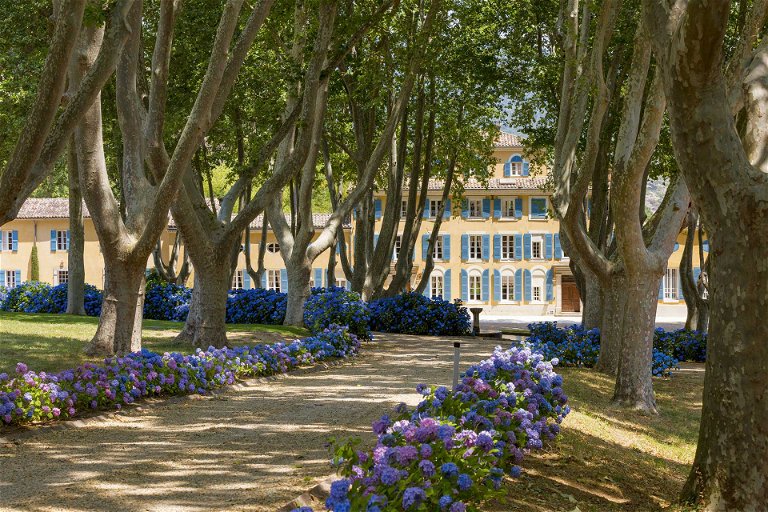
New Home Provence
Sacha Lichine found a new home in Provence in 2006 - and the ideal place for his own unusual plans: "Provence is the spiritual home of rosé," says Lichine. "Here, all the finesse of the French winemaking tradition can be combined with storytelling." The success confirms Lichine's assessment. And even more: with his decision to go to Provence, Lichine also demonstrated an excellent sense of timing. For just as he began to launch the wines of his Château d'Esclans, a rosé fashion also began to build up, the end of which is not in sight even today: worldwide rosé sales are still showing double-digit growth rates.
According to figures from Business France, 24 million bottles of Rosé de Provence were sold in the USA in 2017, an increase of 14 per cent over the previous year and a fivefold increase since 2010. Sacha Lichine is responsible for a good portion of this boom - around five million bottles. Here, too, the strength of the family can be seen in its ability to be present on both sides of the Atlantic and to build bridges.
»Provence has what it takes to set the gold standard for rosé, like Champagne does for sparkling wine.«
Sacha Lichine
In the beginning, it was perhaps mainly Lichine's provocation to charge a three-digit euro, dollar or pound sterling price per bottle for the top cuvée Garrus, which also guaranteed attention for the entry-level wines Whispering Angel and Rock Angel. In the meantime, however, both labels have an excellent qualitative reputation on their own: the Whispering Angel by an accessibility without any kitsch and by a very considerable refinement in this price range.
The Rock Angel is a culinary and mineral culmination of what in the past would have been considered the high end of Provençal rosé production: fresh and finely nuanced on the one hand, full-bodied with a thoroughly demanding structure and excellent length on the other.
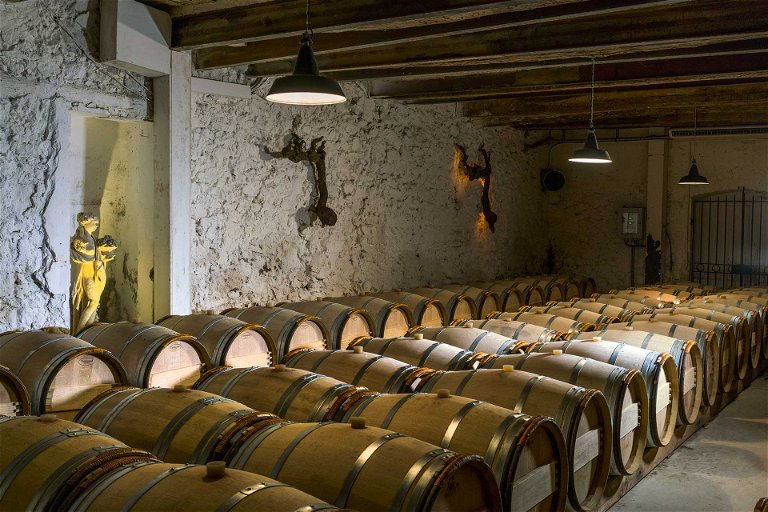
Tiers of Pink
The two higher-priced rosés are both characterised by barrique ageing. The softer and creamier Les Clans may take some getting used to. Whether this wine really benefits from wood as a wine is a matter of opinion. What is certain, however, is that the way it is matured expands the culinary possibilities of this rosé into areas for which one would otherwise rather have resorted to a full-bodied, weighty white wine.
Garrus, on the other hand, the keystone of Lichine's rosé production, made from 80-year-old Grenache vines planted on a windy hillside, is a rosé of its own kind: with a red wine-like depth, with a white wine-like light-heartedness and with a fruit that, in its combination of delicate delicacy and intense presence, brings into the glass the epitome of what one imagines in one's wildest dreams to be a light wine from dark grapes. A cultural product in which a great deal of reflection and a great deal of experience can be found, as well as the entrepreneurial will to keep pushing the boundaries of what is possible.
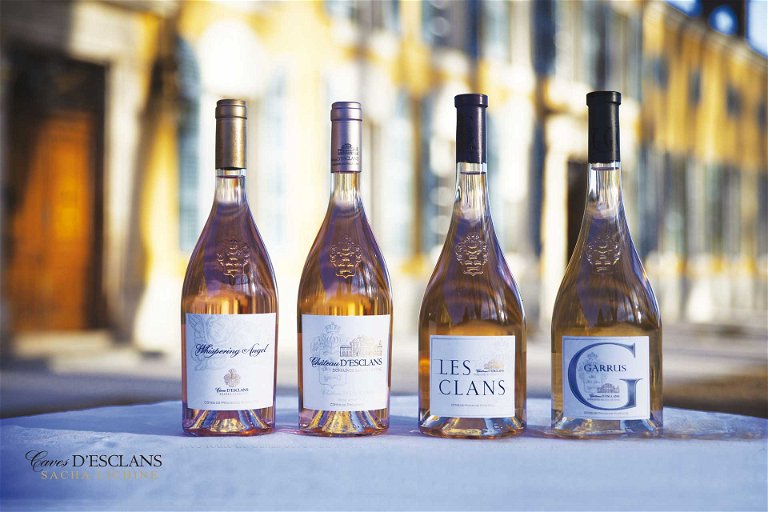
In the past, as has become increasingly clear in recent years, these boundaries in Provence were perhaps staked out far too modestly. "Provence has what it takes," says Lichine's credo, "to set the gold standard for rosé, like Champagne does for sparkling wine." Rosé as a wine category in its own right - with its own cult wines, its own style differences and its own stories: The wine world has no more eloquent advocate for this message than Sacha Lichine.



